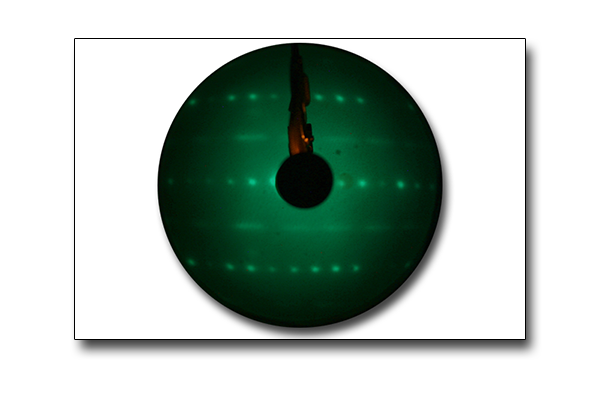Low Energy Electron Diffraction (LEED) is used for the study of the surface structure of ordered materials. In a LEED experiment collimated and mono-energetic electron beam (typically in the range 10-500 eV) is sent onto the surface of a solid sample. The spatial distribution of the elastically back-scattered electrons is imaged on a detector, such as an hemispherical phosphorous screen. The quality of these LEED patterns and the diffraction spot intensities provide information about the surface order, atomic arrangement, symmetry and size of the unit cell in the reciprocal space. As a low-energy electron-in/electron-out technique LEED is extremely surface sensitive and requires ultra-high vacuum working conditions.
LEED@VUV LEED@STM LEED@MBE2 LEED@IPES LEED@SAMOS LEED@GPS LEED@CiPo LEED@ONSET


 English (UK)
English (UK)  Italiano (Italia)
Italiano (Italia)